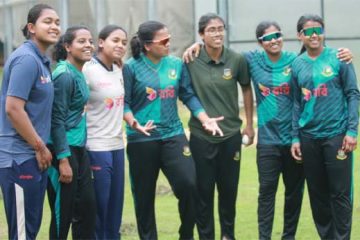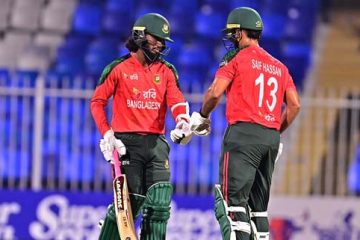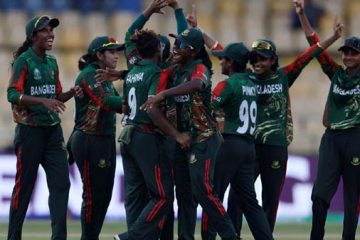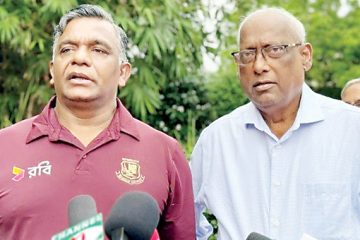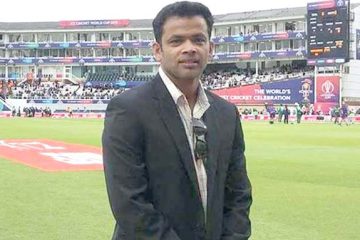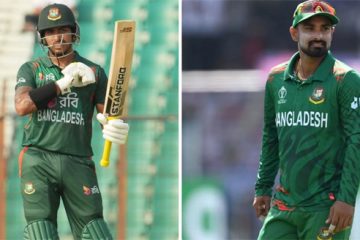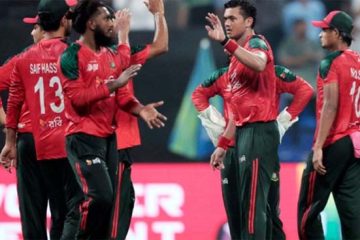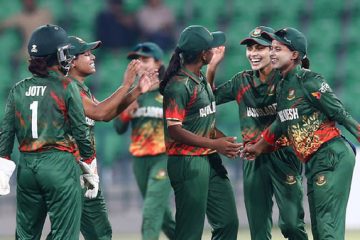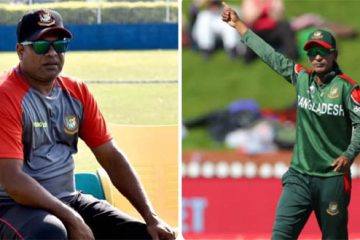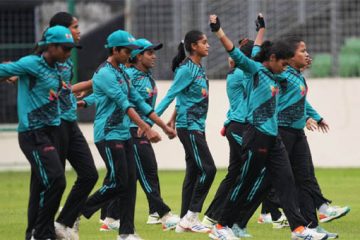Cornered tigers roar
The 1992 World Cup. held in Australia and New Zealand, saw many innovations that had appeared in the intervening period between the last tournament and the current one. Most of the 39 matches were day-night affairs, with players wearing coloured uniforms that had the players’ names emblazoned on the back. For the first time, the balls used were white, and unlike today, there was a separate ball for each end to guard against the ball becoming too dirty and dark to spot in the night sky. Rules for the thirty yard fielding circle, introduced in the previous World Cup were refined; now only two fielders were allowed outside the circle during the first fifteen overs. After the fifteen overs, the old rule of four fielders inside the ring at all times applied.
Team-wise, the big change was that South Africa were allowed back to international after having been exiled for more than twenty years because of apartheid. That made nine teams in all, with Zimbabwe as the minnow. The format had also been tweaked; no groups, instead a league style playoff between the nine participating teams with the top four going through to the semis.
Champions: Pakistan
Pakistan’s victory was possibly the most dramatic one of all Cup victories. This was not because they were underdogs — they were one of the stronger teams in the tournament — but that they seemed out of the tournament after losing four of their first five matches, having to rely on Australia beating West Indies in the later stages of the preliminary round to progress. At some stages, Pakistan’s triumph seemed to be divinely ordained, like when rain saved them from certain elimination after being bowled out by England for 74.
As poorly as they started, Pakistan played aggressive and eye-catching cricket to lift the Cup, gaining momentum during the latter stages of the tournament. The turning point was Imran Khan rousing his team’s inner fire by urging them to take on the stance and response of the cornered tiger.
Their mercurial nature aside, the squad had the personnel to beat anyone on their day. The redoubtable Imran Khan was probably the only one with the strength of personality required to forge a cohesive unit out of some talented but volatile individuals. Rameez Raja and Aamer Sohail were the opening batsman. Rameez was a dependable and stylish player, particularly strong on the leg side. He scored two centuries, including the highest score of the tournament, an unbeaten 119 against New Zealand at Christchurch..The hot-headed Aamer also scored a century against Zimbabwe at Hobart. Both of them were among the top ten run-getters for the tournament.
The middle order consisted of the great streetfighter Javed Miandad, the talented Saleem Malik, a young Ijaz Ahmed who was useful with the bat and brilliant on the field, and an unknown player called Inzamam ul Haq, who served notice of his talent with a 37-ball 60 against New Zealand in the semis to take Pakistan through to the finals.
Imran Khan slotted in at the allrounder’s position, but he was good enough with the willow to bat as high as number three, which he did with great success in the semifinal and final, scoring 44 and an unbeaten 72 respectively.
The bowling was possibly the most balanced of the tournament. Wasim Akram and Aaqib Javed provided striking power at the start of the innings. Wasim turned in a man-of-the-match performance in the finals, bowling Allan Lamb and Chris Lewis of England off successive deliveries that swung prodigiously to rattle the stumps. He also equalled the record for the highest wickets taken in a World Cup with 18. Mushtaq Ahmed, the mesmerising leg-spinner, who also played a crucial part in the final with three wickets, was the slow bowler of choice. Imran Khan, who no longer had the pace that made him such a fearsome prospect a few years ago, still had enough experience to keep things tight. Aamir Sohail’s part time left arm spin was also good enough for him to support the main bowlers and in some matches, including the final, he even bowled his full quota.
After qualifying for the semis by the skin of their teeth, Pakistan did not look back, and under the lights at the MCG on 25 March, they became World Champions, beating third-time finalists England by 22 runs.



